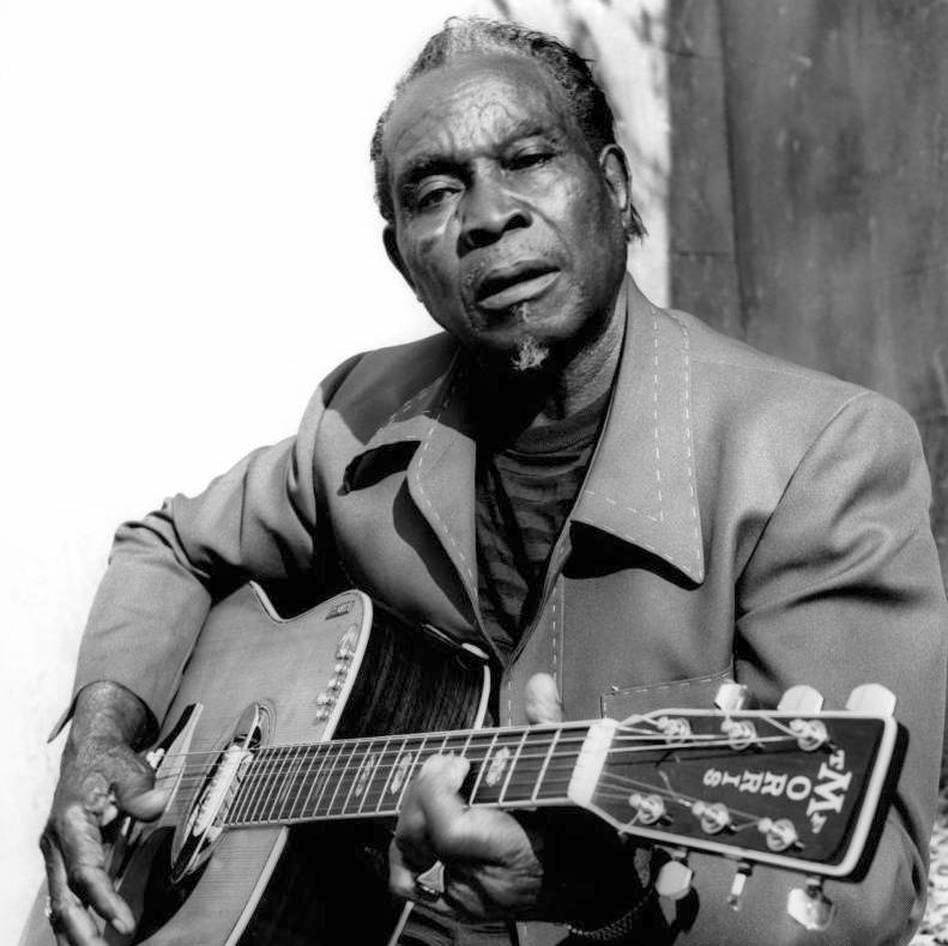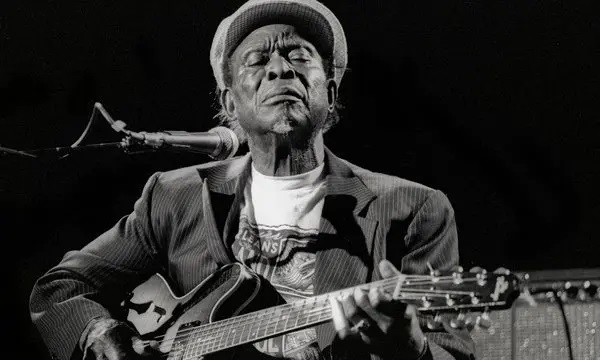David “Honeyboy” Edwards: The Last of the Great Delta Bluesmen
David “Honeyboy” Edwards was one of the last direct links to the early Delta blues tradition, a living testament to the raw, powerful roots of American music. Born on June 28, 1915, in Shaw, Mississippi, Edwards lived through nearly a century of musical evolution, but his sound and spirit remained grounded in the Mississippi Delta, where the blues was born.
Early Life and Musical Roots
Honeyboy Edwards was raised in a world shaped by sharecropping and hardship. From a young age, he was exposed to the work songs and spirituals that formed the bedrock of the blues. He built his first guitar from a cigar box and wire, and by the age of 14, he had already begun playing with local musicians at juke joints and house parties.
His first mentor was Big Joe Williams, a rambunctious Delta bluesman known for his nine-string guitar. Williams took Edwards under his wing, bringing him on the road in the early 1930s. These formative years immersed Honeyboy in the itinerant lifestyle of blues musicians — hopping freight trains, sleeping in fields, and playing music wherever a crowd could be found.
Friendship with Robert Johnson
One of the most significant relationships in Edwards’ life was his friendship with Robert Johnson, the legendary bluesman whose life and death remain steeped in mystery. Edwards traveled and performed with Johnson in the mid-1930s. He was even present the night Johnson was poisoned — a tragic end that has since become one of the most mythologized stories in American music history.
Honeyboy would later share firsthand accounts of Johnson’s life and personality, making him one of the key historical sources for blues scholars and fans alike.
Recording Career and Life on the Road
Although he was active for decades, Honeyboy Edwards didn’t record extensively in his early years. He first recorded in 1942 for Alan Lomax, who was capturing the sounds of the Mississippi Delta for the Library of Congress. These recordings captured Edwards’ authentic style and helped preserve a vital piece of American musical history.
In the post-war years, Edwards moved north to Chicago, becoming part of the thriving blues scene there. He recorded for several labels, including Sun Records and Chess Records, though he never achieved the commercial fame of some of his contemporaries. Instead, he gained respect for his authenticity, storytelling, and unique guitar style that blended Delta rawness with a rhythmic complexity.
Throughout his career, Edwards played alongside giants of the genre — Muddy Waters, Howlin’ Wolf, Sonny Boy Williamson II, and Otis Spann, among others.
Later Recognition and Legacy
While many blues legends faded into obscurity, Honeyboy Edwards experienced a remarkable late-career resurgence. In the 1990s and 2000s, he toured extensively, recorded new albums, and participated in major blues and folk festivals around the world.
In 2002, Edwards published his autobiography, “The World Don’t Owe Me Nothing,” which was widely praised for its candid insights into the early blues era.
In 2008, he won a Grammy Award for Best Traditional Blues Album as a contributor to Last of the Great Mississippi Delta Bluesmen: Live in Dallas. Two years later, in 2010, he received a Grammy Lifetime Achievement Award, recognizing his invaluable contribution to American music.
Death and Enduring Influence
Honeyboy Edwards passed away on August 29, 2011, at the age of 96. At the time of his death, he was widely regarded as the last of the original Delta bluesmen — a direct bridge to a world that shaped the foundation of modern music.
His music, stories, and life experiences continue to inspire generations of blues musicians and historians. More than just a performer, Honeyboy Edwards was a living archive of the blues, a storyteller who carried with him the soul of the Delta and shared it with the world.


Comments are closed